Pollinator monitoring and identification

ANTENNA project
The overarching goal of ANTENNA is to fill key monitoring gaps through advancing innovative technologies that will underpin and complement EU-wide pollinator monitoring schemes, and to provide tested transnational pipelines from monitoring activities to curated datasets and enhanced indicators that support pollinator-relevant policy and end-users.

Spring Project
SPRING (Strengthening Pollinator Recovery through INdicators and monitorinG) is a project funded by the European Commission and supports preparation for the implementation of the EU Pollinator Monitoring Scheme (EU PoMS) for wild bees, butterflies, hoverflies and moths using volunteer and professional recorders. The core scheme of SPRING project will include expanding the European Butterfly Monitoring Scheme (eBMS); building up the capacity of citizen science networks on pollinators across Europe; organising advanced taxonomic training; and piloting a Minimum Viable Scheme (MVS) for wild bees, butterflies and hoverflies.
Read more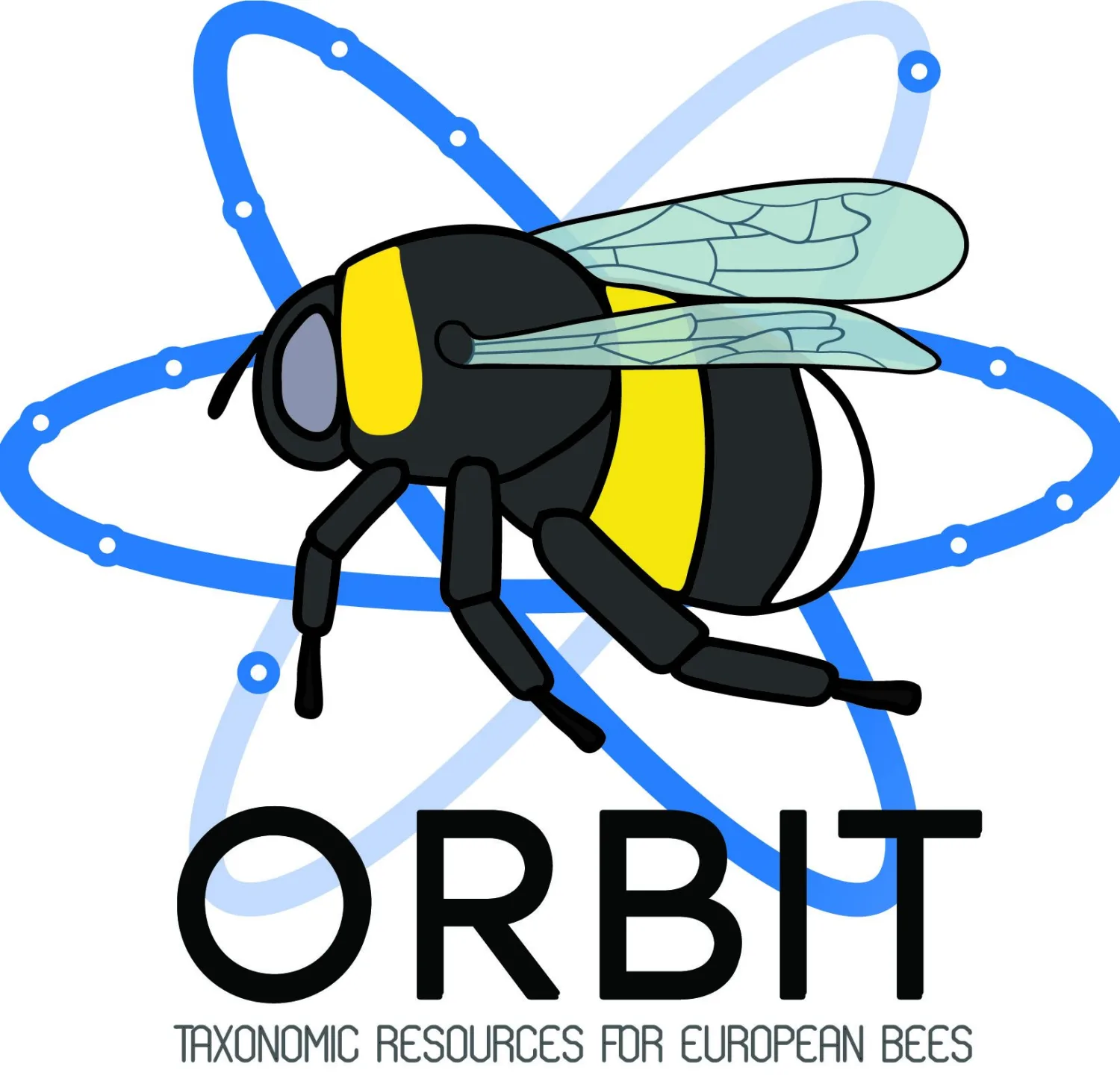
ORBIT Project
Through ORBIT, the European Commission will make tools accessible to researchers to identify European bees with a view to facilitate large-scale scientific studies on trait-based biodiversity patterns and responses of wild bee communities to environmental changes across ecosystems, taxa, and spatial scales in Europe.
Read more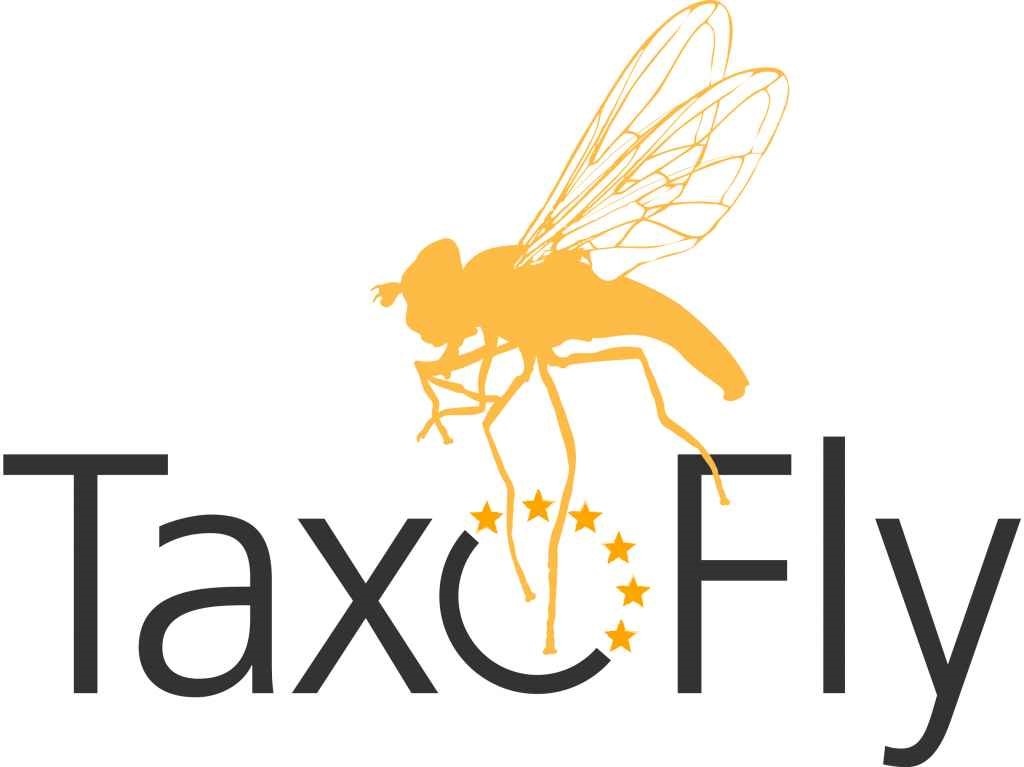
Taxo-Fly
Taxo-Fly is a three-year project commissioned by the Directorate General for Environment (DG-Env) of the European Commission (EC) to develop resources for European hoverfly inventory and taxonomy. Through Taxo-Fly, the European Commission will make taxonomic information on Hoverflies easily available and accessible. The taxonomic information will be usable by researchers as well as citizen scientists and the overall objective of Taxo-Fly is to create a new taxonomic knowledge base, which lays the ground for the identification of the Hoverflies of Europe.
Read more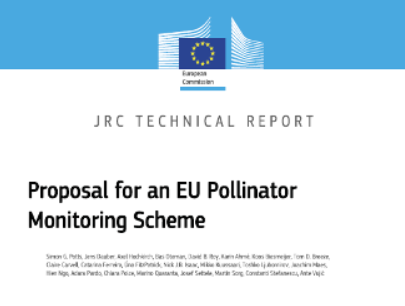
EU-PoMS
In June 2019, the Commission launched the STING (Science and Technology for Pollinating Insects) project through which it mandated a group of experts to develop options for a field-based monitoring scheme that will provide robust information on the status and trends of pollinator populations in EU countries. The result was a proposal for an EU Pollinator Monitoring Scheme (EUPOMS), finalised and published in October 2020. This has been a key deliverable under the (revised) EU Pollinators Initiative. The proposal provides options for a comprehensive methodology for monitoring as well as for policy indicators, including a tailored indicator for the EU Common Agricultural Policy.
Read more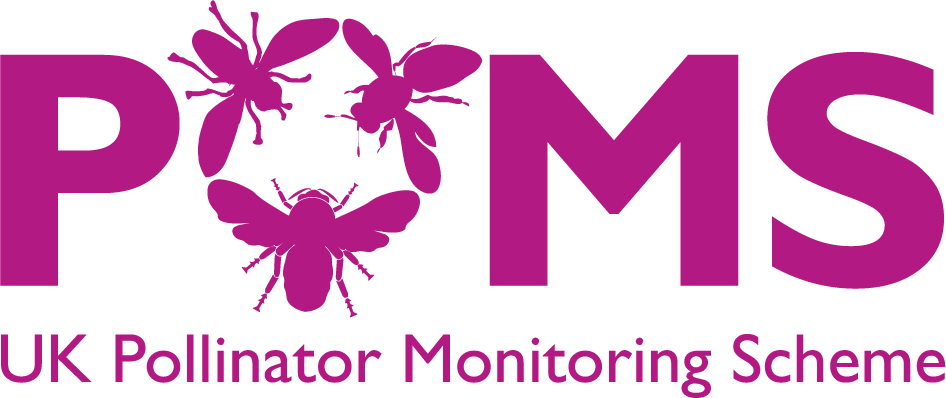
UK PoMS
UKPoMS is the first scheme in the world to have begun (since 2017) generating systematic data on the abundance of bees, hoverflies and other flower-visiting insects at a national scale. Together with long-term occurrence records collated by the Bees, Wasps and Ants Recording Society and Hoverfly Recording Scheme, these data will form an invaluable resource from which to measure trends in pollinator populations and target conservation efforts.
Read more
eBMS
The European Butterfly Monitoring Scheme (eBMS) is a joint initiative of Butterfly Conservation Europe and the Centre for Ecology & Hydrology, whose website is a home for promoting butterfly monitoring schemes across Europe and consists of the following activities: a collation of national Butterfly Monitoring Scheme datasets within Europe - the eBMS partnership; a data system for establishing butterfly monitoring sites in regions currently lacking a national scheme; the home for projects on Butterfly Monitoring; a place to promote other projects that are affiliated with butterfly monitoring schemes.
Read more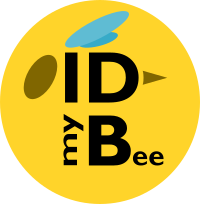
IDmyBEE Project
IDmyBee is designed as a collaborative project of bee taxonomists and specialists to promote the diffusion of knowledge about wild bee diversity. With more than 2 000 species of wild bees in Europe, identifying a bee can quickly become an overwhelming task. This platform will help you navigate through the tremendous diversity of wild bees. Its goal is to let you estimate whether you can assign your specimen to a genus or a species with confidence and, if you can, what to look for to do so.
Read more
BEE WATCHING Project
BEE WATCHING is a project that wants to shed light on the state of bees in Italy. It was conceived within two research bodies - the Agriculture and Environment Center of CREA and the Department of Biological, Geological and Environmental Sciences of the University of Bologna - but it wants to open up to all citizens of all ages, creating a large community of nature lovers who observe the environment, trying to understand which pollinators exist on Italian soil and which are in difficulty.
Read more
MAMBO Project
The MAMBO (Modern Approaches to the Monitoring of Biodiversity) project will develop, test and implement enabling tools for monitoring the conservation status and ecological requirements of species and habitats for which knowledge gaps still exist. MAMBO’s work programme aims to provide the knowledge, tools and infrastructure for monitoring wildlife and their habitats more comprehensively. The project will develop novel monitoring tools that will enhance knowledge of the state of biodiversity in Europe. Through its demonstration sites, MAMBO will showcase the effectiveness and added value of its new technologies.
Read more
UKBMS
The United Kingdom Butterfly Monitoring Scheme (UKBMS) was formed by a merger of the long-running Butterfly Monitoring Scheme (BMS) with co-ordination of 'independent' transects (established in 1998). The UKBMS was launched in 2006 at the Royal Society, attended by the then Biodiversity Minister Barry Gardiner. Since 2009, the UKBMS has incorporated the Wider Countryside Butterfly Survey and there is a growing body of data from reduced effort methods.

NATURE-FIRST Project
The goal of Nature FIRST is to develop predictive, proactive and preventative capabilities for nature conservation stakeholders by combining theoretic premises from the sciences of ecology and environmental forensics with empirical environmental observations (satellite-based & on-site) into a Proof of Principle that is tested and demonstrated in 4 European areas, covering 6 biogeographical regions.
Read more
TETTRIs Project
TETTRIs aims to produce a transformative change in the role played by taxonomy in tackling biodiversity challenges by boosting taxonomic capacity and transferring critical scientific knowledge to societal actors. The community of facilities, collections and experts gathered around CETAF envisions that the taxonomic knowledge and expertise required to study, protect and manage biological diversity throughout Europe become easily and openly accessible, sustained over time and integrated into decision-making processes. To achieve that, TETTRIs contributes to Transform Taxonomy in Europe trough training, research transfer and innovation.
Read more
EuropaBON Project
EuropaBON will work with stakeholders to identify user and policy needs for biodiversity monitoring and investigate the feasibility of setting up a center to coordinate monitoring activities across Europe. Together with stakeholders, EuropaBON will assess current monitoring efforts to identify gaps, data and workflow bottlenecks, and analyse cost-effectiveness of different schemes. The results of this assessment will be used to inform the design of improved monitoring schemes able to integrate in-situ and remote sensing data through models, and using novel technologies, to deliver more complete and less biased biodiversity information with multiple benefits to users and society.
Read moreOBServ
OBServ aims to provide guidance and a formal cost-benefit analysis on the use of different modelling approaches to develop scenarios of pollinator biodiversity and ecosystem services provision. Rather than aiming at finding one model that can be applied universally, we need tools that allow us to select the right models for each situation while taking into account model complexity and data requirements.
Read moreMUST-B project
The MUST‐B opinion proposes a systems‐based approach that combines modelling and monitoring systems for the ERA of multiple stressors such as pesticides and other environmental chemicals, parasites and diseases, as well as factors such as availability of food, climate and beekeeping management practices.
Read moreSTING Project
The Science and Technology for PollinatING Insects (STING) project is a collaboration of the Directorate-General for Environment and the Joint Research Centre (JRC), initiated in 2018 to address specific issues. The first line of research provides technical assistance in the implementation of the EU Pollinator Monitoring Scheme through setting-up of a robust and standardised system for monitoring the state of pollinator species across the EU, the drivers of their decline and actions taken to mitigate them. The second line of research explores avenues for the engagement of citizens in conservation actions, governance and decision-making.
Read moreDrivenByPollinators
DrivenByPollinators aims to better understand what a reduction in pollinators means for wild plants through various experiments in natural pastures and in cages on a seeded experimental site. The project investigates how lack of pollinator availability can affect pollination and seed production of wild plants, and how this in turn affects plant species composition and ecosystem functions such as grassland productivity.
Read more